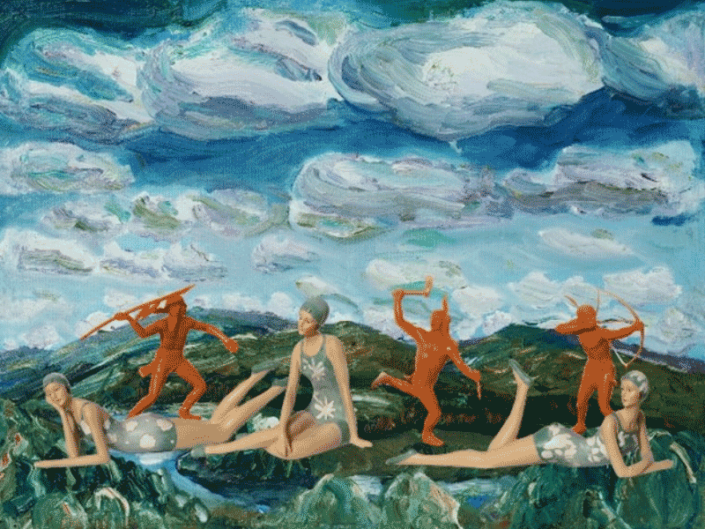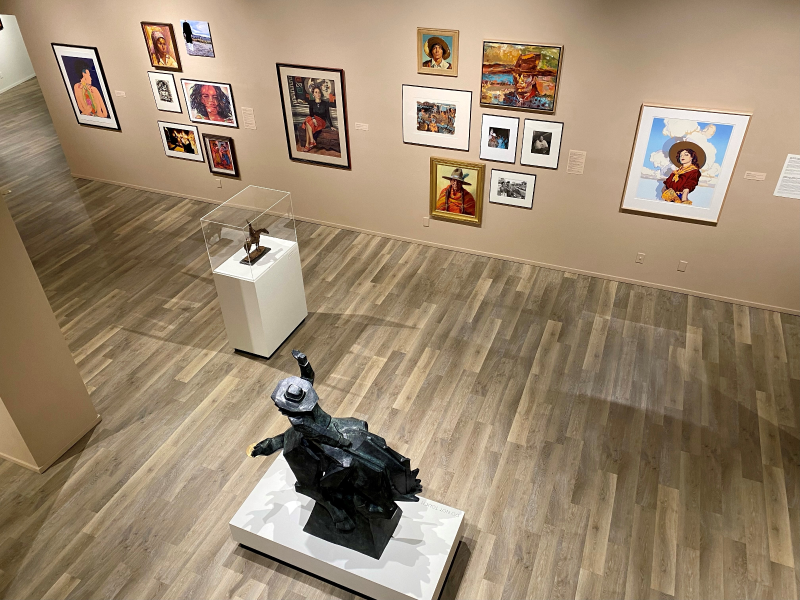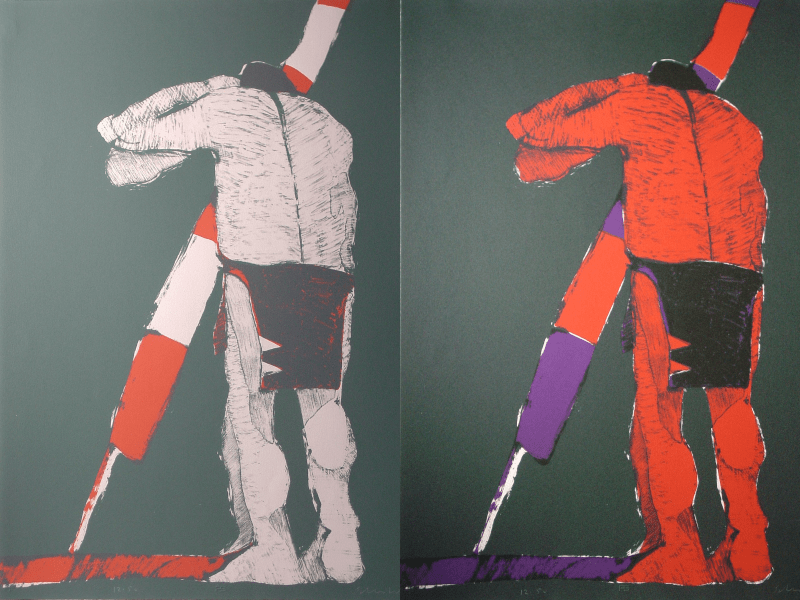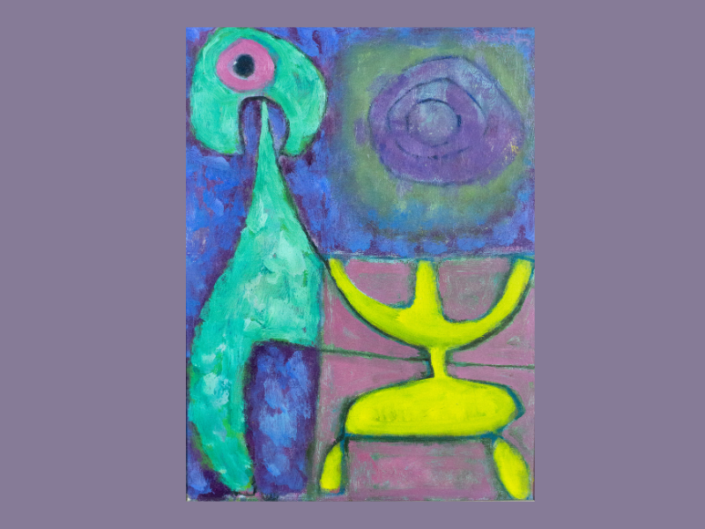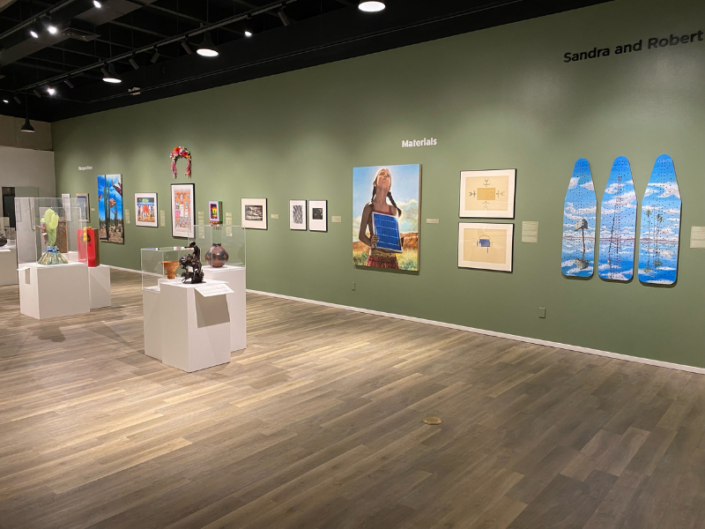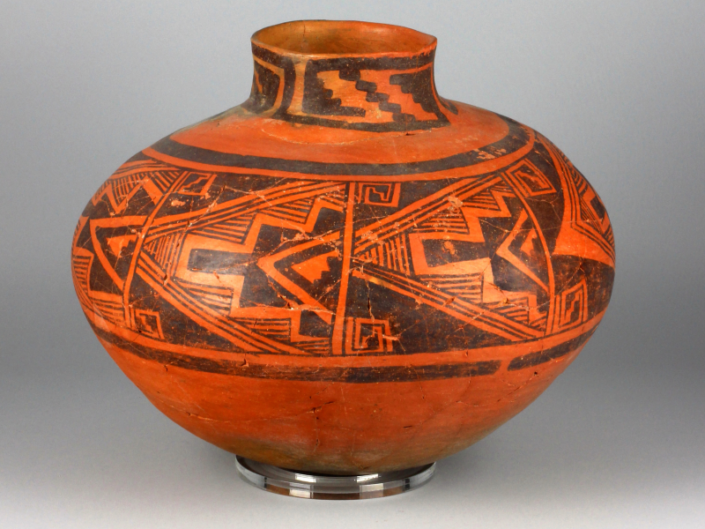Small But Impactful: How Can Regional Museums Effectively Stretch Donor Dollars?
Mike Scutari
March 13, 2017
In a recent post looking at the departure of New York Philharmonic President Matthew VanBesien’s decision to leave the big city for a job at the University Musical Society in Ann Arbor, Michigan, I ruminated on how the new gig “sounds like a stroll in the park compared to haggling with donors, unions and contractors in the Big Apple.”
Beleaguered executives at newly leaderless “legacy” institutions like the Metropolitan Museum of Art will probably have a similar tinge of envy when coming across the following news out of Arizona, where the Tucson Museum of Art received a $500,000 gift from Board Trustee James J. Glasser and his wife Louise for the museum’s fundraising campaign and renovations for the downtown space.
When they are completed in mid-October, the museum will have new galleries, a new gift shop, a beefed-up sculpture garden, and a new interactive education area. The cost? About $150,000, roughly equivalent to the cost of replacing one of the skylights above the Met’s European paintings galleries. (That was a joke, by the way. Or was it?)
TMA’s annual budget is about $2.5 million, and a successful campaign heavy on naming opportunities will make the museum “sustainable and allow for ongoing investment in the galleries,” said Jeremy Mikolajczak, chief executive officer of the TMA. As for the renovations, they are small “but they are impactful,” he said.
For executives at legacy institutions, TMA’s situation must seem rather quaint—far preferable to an existence characterized by exploding balance sheets, a dearth of contemporary art, and a roster of nervous donors. But TMA’s situation wasn’t merely a stroke of good luck. Its efforts are the latest in an increasingly growing list of museums that have opted for a “smaller is better” approach. Recent examples include the Renaissance Society at the University of Chicago and the Worcester Art Museum.
The success of these institutions can be tied to the respective fortunes of their home regions. Tuscon’s home state has experienced many years of strong growth in recent decades, which certainly makes fundraising a whole lot easier, particularly in the higher education space, where alumni who graduated and stayed local enjoyed plenty of opportunities to succeed. To see this phenomenon play out in startling fashion, check out our take on how the University of Arizona recently met its $1.5 billion fundraising goal two years early.
This upsurge in regional wealth also trickles down to arts organizations. Tuscon may be far from a major metropolis, but TMA’s holdings, which contains works by Jasper Johns, Olivier Mosset and Jim Waid, would make any big city acquisitions director swoon. To that end, the folks at TMA seem attuned to how collectors think. “One of the big deterrents for donors is that when they give and don’t see the art exhibited, the perception is it’s locked in a vault,” Mikolajczak said. (Call it the J. Tomilson Hill Complex.)
As for the donors in question, James Glasser is the former head of Chicago-based GATX Corp, a Chicago equipment finance company. He and his wife have been active in the arts in both Chicago and Tucson, where they have a home. In 2015, the couple gave $1 million to support the endowment of Chicago’s Marie Louise Rosenthal Library. The library is named in honor of Ms. Glasser’s mother.
Louise, meanwhile, has served for nine years on the board Tuscon-based Sonoran Institute, a multifaceted conservation organization that works in the inter-mountain West. She also serves on the boards of the Women’s Foundation of Southern Arizona and the board of the College of Fine Arts at the University of Arizona.
For general media inquiries, contact Kelly Wiehe, Director of Communications and External Affairs, at [email protected] or 520-616-2687

